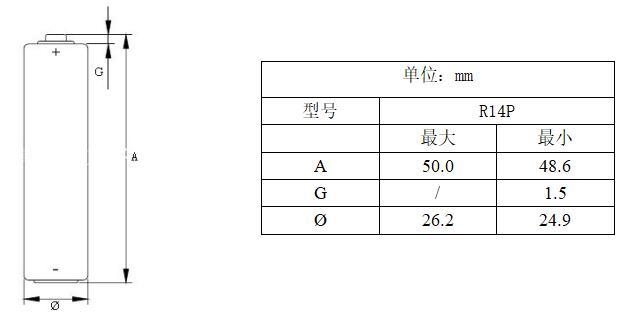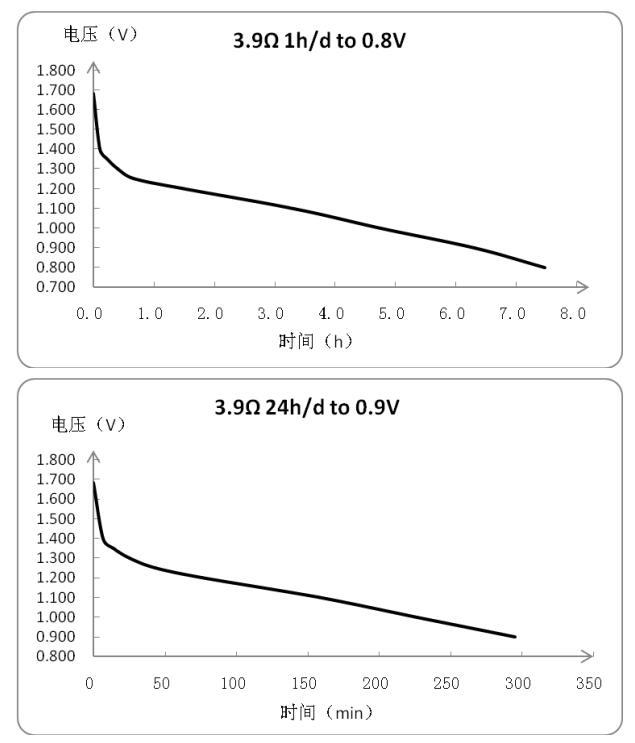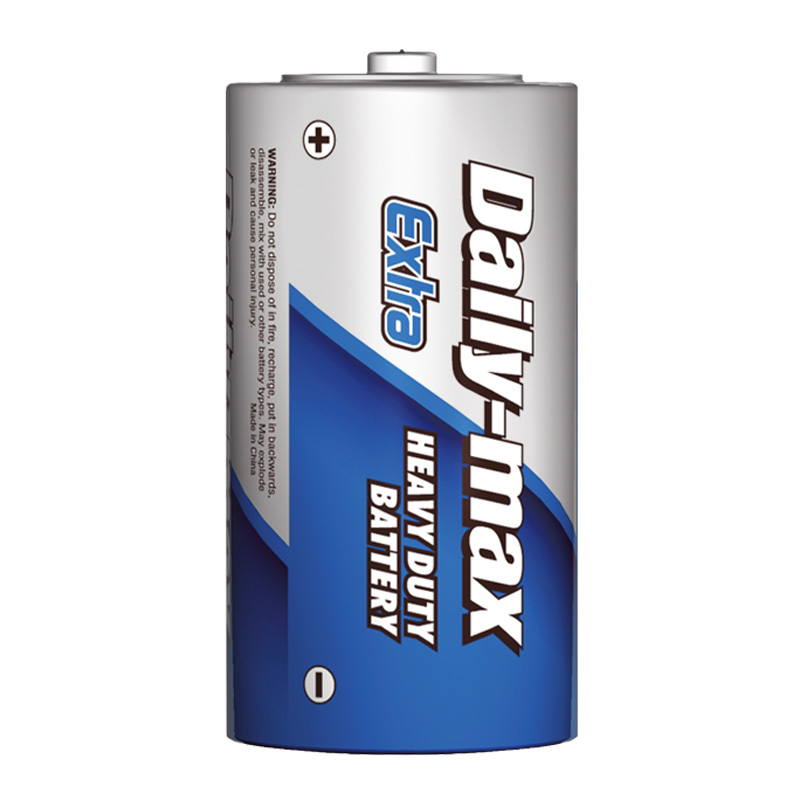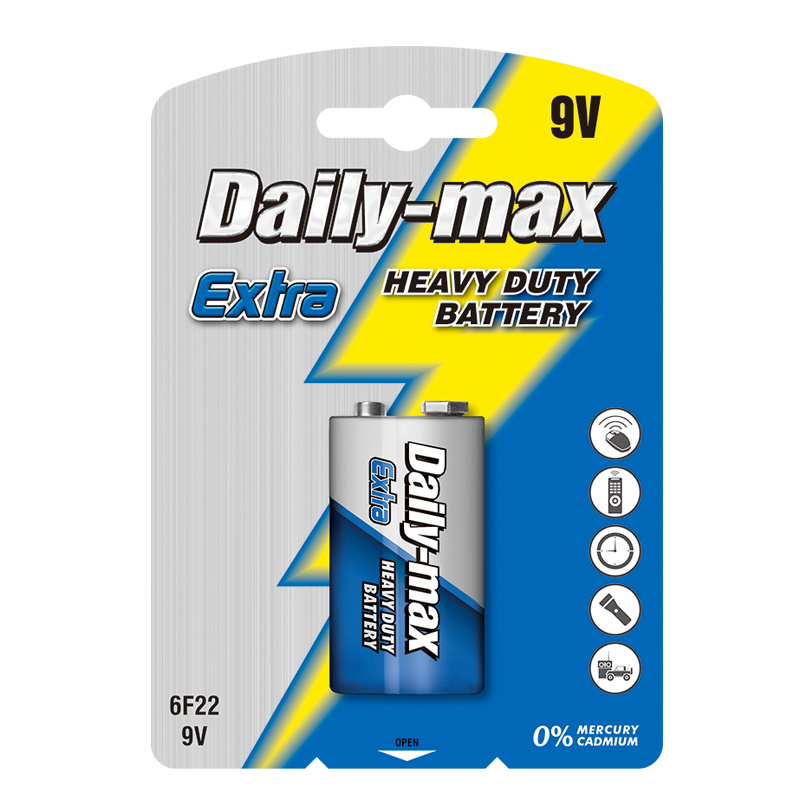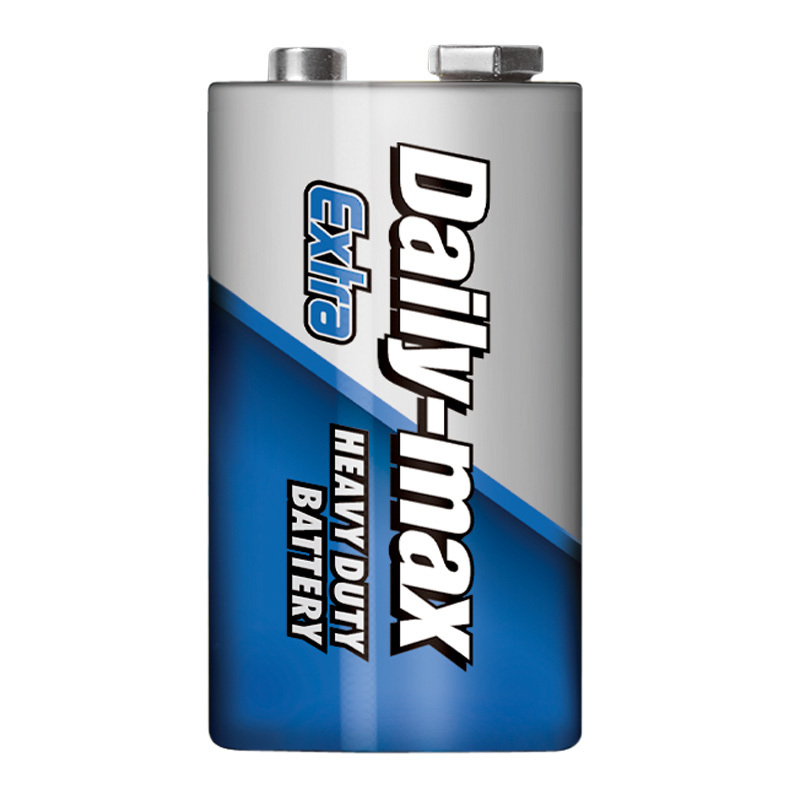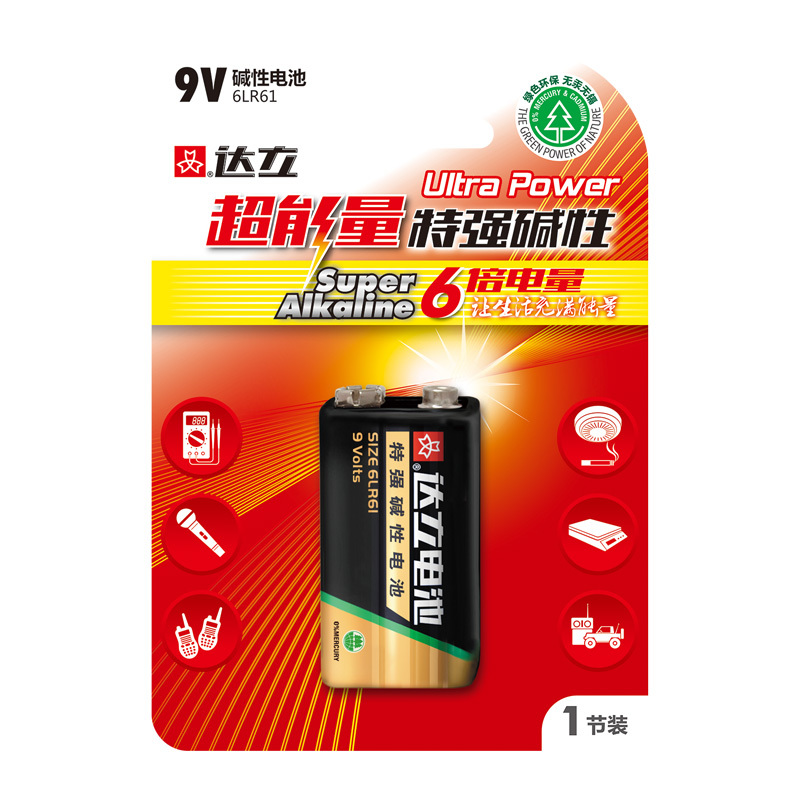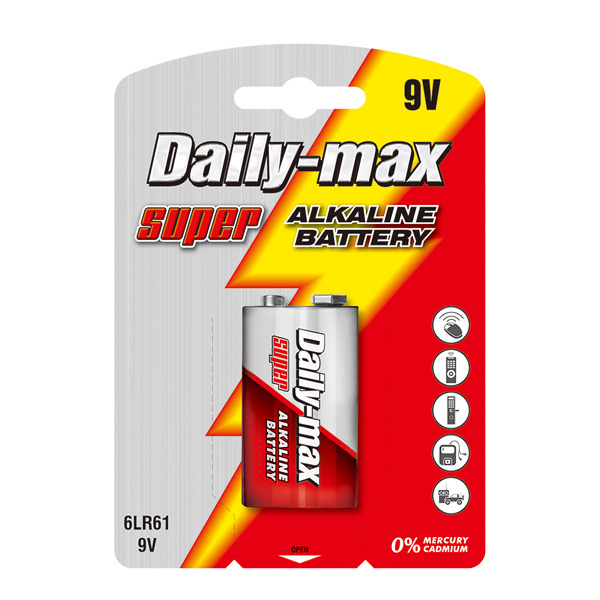1 Overview
This specification stipulates the technical requirements of Anida R14P carbon zinc manganese dry battery. If other detailed requirements are not listed, the battery technical requirements and dimensions should meet or exceed GB/T8897.1 and GB/T8897.2.
1.1 Reference Standard
GB/T8897.1 (IEC60086-1, MOD) (Primary Battery Part 1: General Provisions)
GB/T8897.2 (IEC60086-2, MOD) (Primary battery Part 2: Dimensions and technical requirements)
GB8897.5 (IEC 60086-5, MOD) (Primary battery Part 5: Safety requirements for aqueous electrolyte batteries)
1.2 Environmental standards
The battery complies with EU 2006/66/EC battery directive
2. Electrochemical system, voltage and naming
Electrochemical system: zinc-manganese dioxide (ammonium chloride electrolyte solution), no mercury
Nominal voltage: 1.5V
Designation: IEC: R14P ANSI: C JIS: SUM-2 Others: 14F
3. Battery size
The battery meets the requirements of the sketch
3.1 Acceptance tools
Use a vernier caliper with an accuracy of not less than 0.02mm to prevent battery short circuit during measurement. One end of the caliper should be pasted with a layer of insulating material.
3.2 Acceptance method
Adopt GB2828.1-2003 normal inspection one-time sampling plan, special inspection level S-3, acceptance quality limit AQL=1.0
4. Battery weight and discharge capacity
Battery weight: 40g
Discharge capacity: 1200mAh (load 3.9Ω, 24h/day, 20±2℃, RH60±15%, termination voltage 0.9V)
5. Open circuit voltage, load voltage and short circuit current
|
project
|
Open circuit voltage OCV (V)
|
Load voltage CCV (V)
|
Short circuit current SCC (A)
|
Sampling standard
|
|
New electricity within 2 months
|
1.60
|
1.40
|
5.0
|
GB2828.1-2003 One-time sampling plan for normal inspection, special inspection level S-4, AQL=1.0
|
|
12 months storage at room temperature
|
1.56
|
1.35
|
4.00
|
|
Test Conditions
|
Load resistance 3.9Ω, load time 0.3 seconds, test temperature 20±2℃
|
6. Discharge capacity
|
Discharge temperature: 20±2℃
|
|
Discharge condition
|
GB/T8897.2-2008
national standard requirements
|
Minimum average discharge time
|
|
Discharge load
|
Discharge method
|
End
voltage
|
New electricity within 2 months
|
12 months storage at room temperature
|
|
6.8Ω
|
1h/d
|
0.9 V
|
9h
|
10h
|
9h
|
|
20Ω
|
4h/d
|
0.9 V
|
27h
|
32h
|
28h
|
|
3.9Ω
|
4m/h,8h/d
|
0.9 v
|
270min
|
300min
|
270min
|
|
3.9Ω
|
1h/d
|
0.8 V
|
3h
|
5.5h
|
4.9h
|
|
3.9Ω
|
24h/d
|
0.9 V
|
/
|
4.5h
|
4h
|
Compliance with minimum average discharge time:
1) Test 9 batteries for each discharge mode;
2) The average discharge value of 9 batteries is greater than or equal to the specified value of the minimum average discharge time, and the number of batteries whose single-cell discharge time is less than 80% of the specified value is not more than 1, then the battery electrical performance test of the batch is qualified;
3) If the average discharge value of 9 batteries is less than the specified value of the minimum average discharge time and (or) the number of batteries less than 80% of the specified value is greater than 1, then another 9 batteries are tested and the average value is calculated. If the calculation result meets the requirements of Article 2, the electrical performance test of the batch of batteries is qualified. If not, the battery electrical performance test of the batch is unqualified and no further testing.
7. Liquid leakage resistance performance requirements
|
project
|
condition
|
Claim
|
Eligibility criteria
|
|
Overdischarge
|
Under the condition of 20±2℃ and humidity 60±15%, the load resistance is 3.9Ω. Discharge for 1 hour per day to 0.6V termination
|
No leakage by visual inspection
|
N=9
Ac=0
Re=1
|
|
High temperature storage
|
Store at 45±2℃, relative humidity 90%RH for 20 days
|
|
N=30
Ac=1
Re=2
|
8. Safety performance requirements
|
project
|
condition
|
Claim
|
Eligibility criteria
|
|
External short circuit
|
At 20±2℃, connect the positive and negative poles of the battery with wires and leave it for 24 hours
|
Does not explode
|
N=5
Ac=0
Re=1
|
9. Identification
The following marks are marked on the battery body:
1. Model: R14P/C
2. Manufacturer or trademark: Daily-max
3. Battery polarity: "+" and "-"
4. Deadline of shelf life or manufacturing year and month
5. Precautions for safe use
10. Precautions for use
1. This battery is not rechargeable. If you charge the battery, there may be danger of battery leakage and explosion.
2. Make sure to insert the battery correctly according to the polarity (+ and -).
3. It is forbidden to short-circuit, heat, throw into fire or disassemble the battery.
4. The battery should not be over-discharged, otherwise the battery will swell, leak or the positive cap will top out and damage electrical appliances.
5. New and old batteries, batteries of different brands or models cannot be used together. It is recommended to use batteries of the same brand and the same model when replacing.
6. The battery should be removed when the electric appliance is not used for a long time.
7. Take out the exhausted battery from the electric appliance in time.
8. It is forbidden to weld the battery directly, otherwise the battery will be damaged.
9. The battery should be kept away from children. If swallowed accidentally, seek medical attention immediately.
11. Regular packaging
There is 1 inner box for every 12 sections, 24 boxes in 1 carton. It can also be packaged according to customer requirements, and the actual quantity indicated on the box mark shall prevail.
12. Storage and validity period
1. The battery should be stored in a well-ventilated, cool and dry place.
2. The battery should not be exposed to direct sunlight or placed in rain for a long time.
3. Do not mix the batteries with the packaging removed.
4. When stored at 20℃±2℃, relative humidity 60±15%RH, the battery shelf life is 2 years.
13. Typical discharge curve
Discharge environment: 20℃±2℃, RH60±15%
With product technical updates and technical parameter adjustments, the specifications will be updated at any time, please contact Anida in time to obtain the latest version of the specifications.
